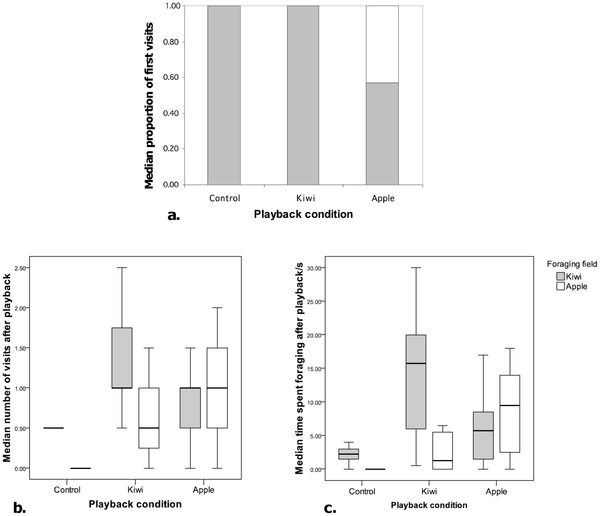Mesoudi, Whiten and Dunbar showed in a study in 2006 that humans are much more likely to remember facts if they are presented in a social narrative. The study used a diffusion chain paradigm whereby a number of stories, some with more social elements in them than others, were read by a participant who then had to replicate the stories as best they could from memory. Their output was then fed to the next participant who did the same and this was repeated for four generations. The results of this experiment showed that stories with a large amount of social relationships were passed on with much great accuracy than more non-social, fact-based stories.
Recently I visited the newly refurbished National Museum of Scotland and as part of the new “Earth in Space” exhibit they had a movie which was all about the universe. Now, the universe is not a place with very many social problems. Stars, planets and galaxies are not social entities. They are governed by the rules of physics and who’s friends with who doesn’t come into it. This creates a problem for any science communicator as how can you get your visitors to go any knowing a little bit more about our universe than they did before simply by throwing facts at them. We can see from Mesoudi et al.’s study that humans are no good at remembering information about non-social entities. The Museum stepped up to this problem though and told the story of the universe through the narrative of two children who were exploring the universe in a museum setting of their own.
It isn’t only in museum settings that knowledge of humans’ cognitive biases can be useful. Recently the Wellcome Trust in combination with the Guardian had a Science Writing Competition. Unfortunately the deadline for entries has gone but all of the information about what makes good Science writing is still available of the website here. This included an article by Gaia Vince about how good science writing needs a good narrative structure. The article encourages science writers to not only report the science but look at how that science affects the lives of the readers and, in doing so, introducing social elements into the story.
New ideas are also surfacing that it might pay to go even further and fictionalise the research that you’re wanting to communicate and turn it into a fantastical story. Diamond Light Source, a huge particle accelerator in the Oxfordshire countryside, have got an amazing idea. As a public engagement exercise they’ve set up a short story writing competition called “Light Reading”. This is not only a public engagement activity in itself but the anthology of stories which will be generated from this competition will go some way to engaging the public as well with stories that will really make them remember what it is that the Diamond Light Source research. A stroke of public engagement genius and a really good example of how studying things such as social biases can lead to more successfully engagement and science writing, and with that, blogging.
You can view the competition’s website, and perhaps even enter your own story!
References

